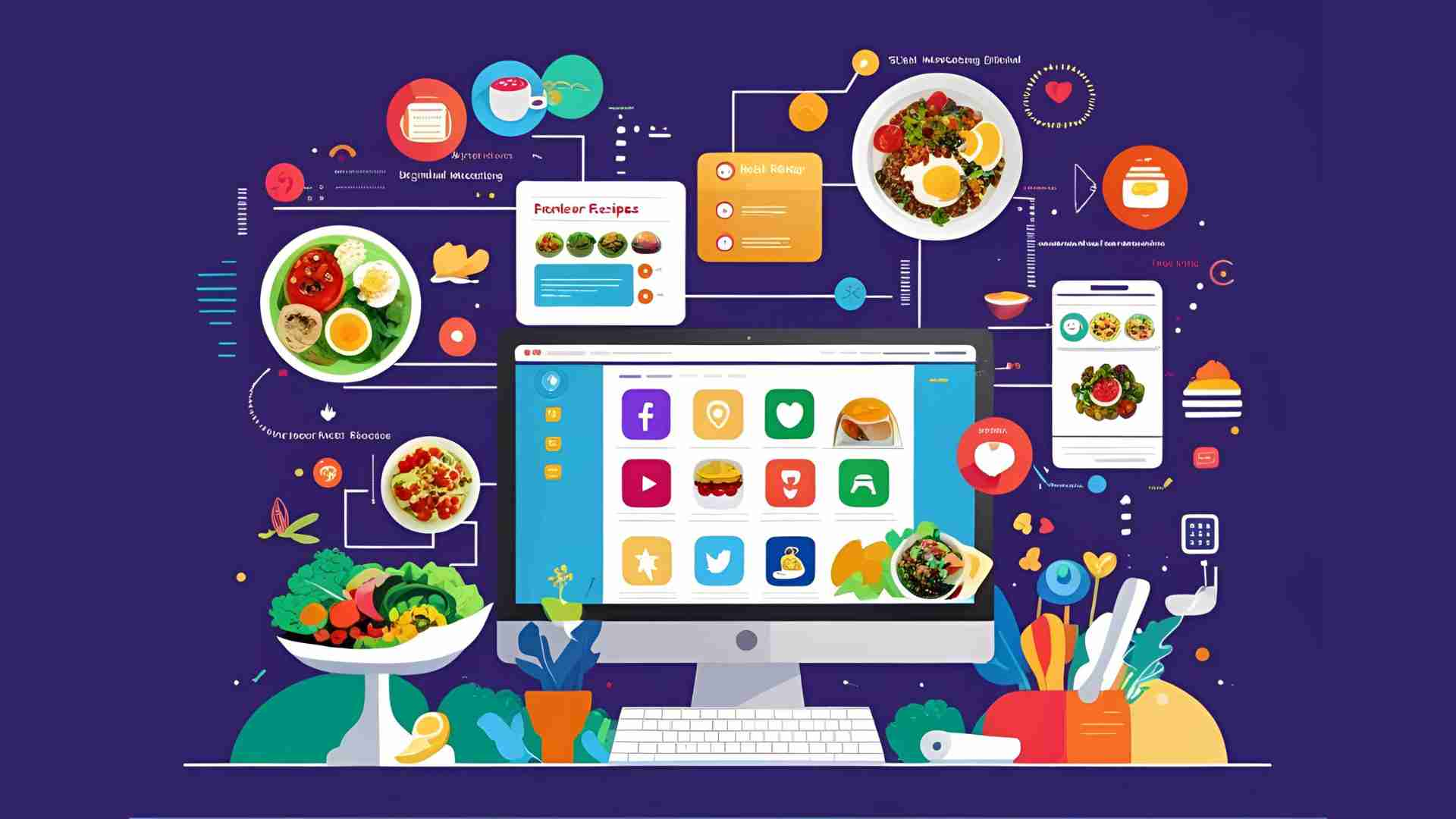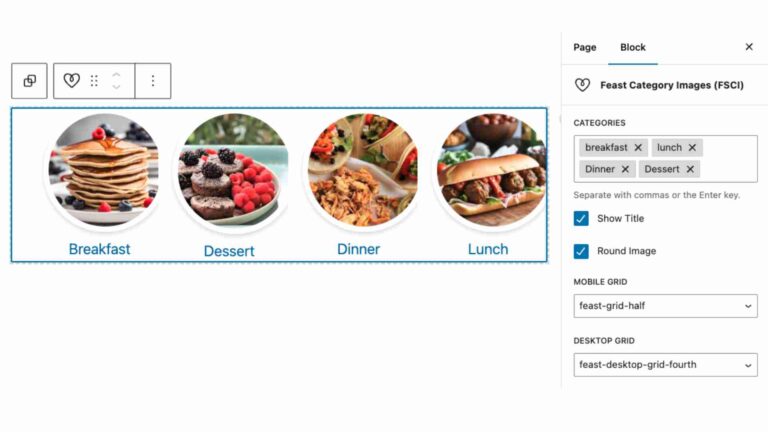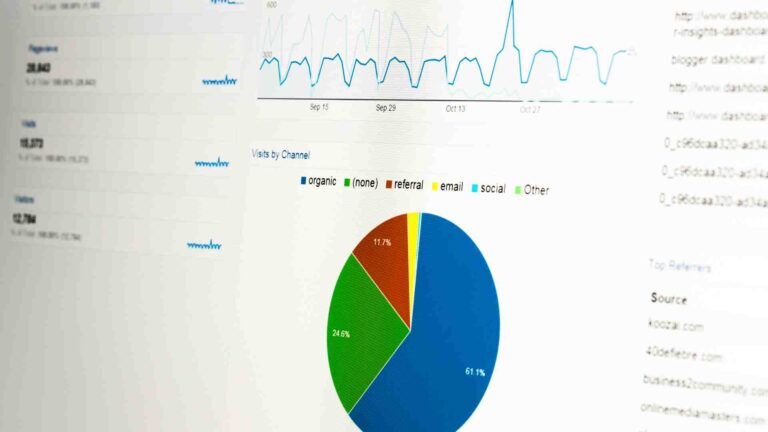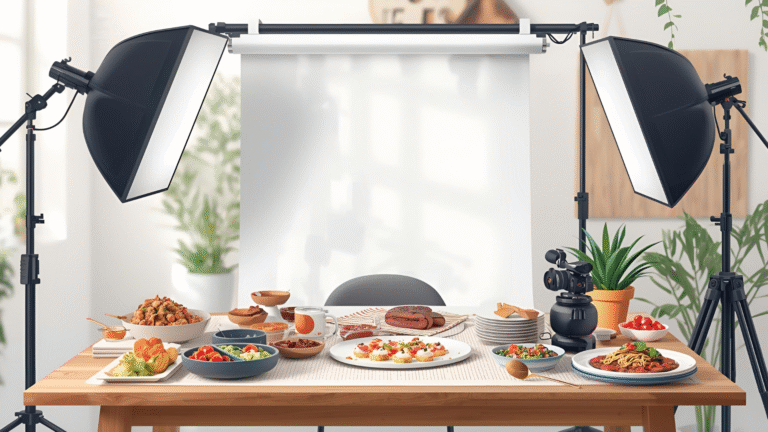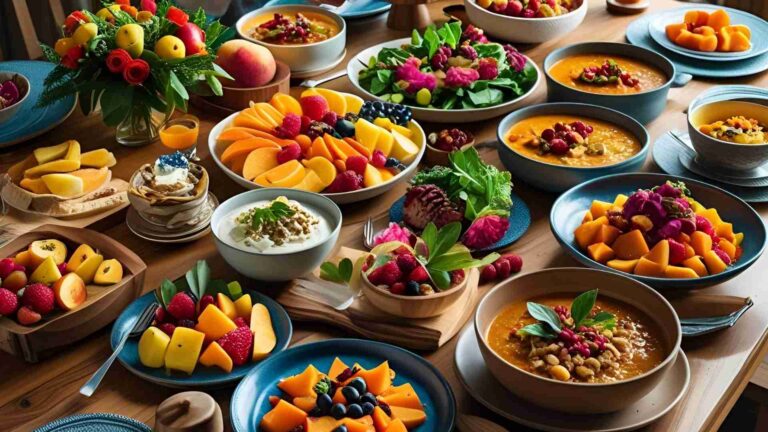Why Digital Recipes Are Essential for Food Brand Marketing
Discover why digital recipes are vital for food brand marketing. Learn how they boost sales, engagement, and loyalty in the digital marketplace.
In today’s fast-paced, digitally driven world, food brands face a unique challenge: capturing consumer attention in a crowded marketplace where shopping habits are no longer linear. The rise of omnichannel marketing has blurred the lines between traditional categories like shopper marketing, performance marketing, and influencer marketing. Consumers now interact with brands across thousands of touchpoints before making a purchase, from social media platforms to e-commerce websites. Amid this complexity, one strategy stands out for its simplicity and effectiveness: digital recipes.
Digital recipes are more than just cooking instructions—they are powerful marketing tools that inspire consumers, influence purchasing decisions, and foster long-term loyalty. For food brands, whether you’re a local butcher, a specialty grocery, or a global CPG (Consumer Packaged Goods) company, integrating digital recipes into your marketing strategy is not just an option—it’s a necessity. Research shows that 85% of consumers refer to online recipes while shopping or planning meals, making them a critical driver of purchasing behavior.
This article explores why digital recipes are essential for food brand marketing, how they shape consumer behavior, and the role of shoppable technology in revolutionizing the shopping experience. We’ll also discuss how recipes can build brand loyalty, the challenges of implementation, and the competitive advantages they offer. With actionable insights, data-driven examples, and practical strategies, this guide will show you how to leverage digital recipes to transform your food brand’s marketing efforts.
The Power of Digital Recipes in Food Brand Marketing
A Linear Path in an Omnichannel World
The modern consumer journey is complex, with shoppers engaging with brands across multiple platforms—social media, websites, apps, and in-store displays. However, digital recipes offer a rare linear path in this fragmented landscape. Consumers often follow a predictable sequence when using recipes: they seek inspiration, plan their meals, purchase ingredients, and prepare the dish. This clear progression makes digital recipes an ideal channel for food brands to connect with consumers at every stage of the purchase funnel.
For example, imagine a customer browsing your e-commerce website for dinner ideas. They come across a recipe for a creamy mushroom risotto featuring your brand’s premium rice. The recipe not only inspires them to try a new dish but also prompts them to add your rice, mushrooms, and other ingredients to their cart. This seamless integration of inspiration and action is what makes digital recipes so powerful.
Inspiring Consumers at the Right Moment
Recipes have a unique ability to capture consumers when they’re most receptive—when they’re actively seeking meal ideas. According to a 2023 survey by Chicory, 51% of consumers use online recipes to ensure meal variety, while 45% say recipes help them create tastier meals. Additionally, 32% report that recipes save time on meal planning, and 28% use them to maintain a healthy lifestyle. These statistics highlight the versatile role of recipes in addressing consumer needs.
For food brands, this moment of inspiration is a golden opportunity. By featuring recipes that showcase your products—whether it’s a signature spice blend, organic produce, or premium cuts of meat—you position your brand as an essential part of the consumer’s culinary experience. For instance, a local butcher shop in Sydney could share a recipe for a slow-cooked lamb roast, subtly highlighting their high-quality lamb shoulder. This not only drives sales but also creates an emotional connection with the customer, who associates your brand with a memorable meal.
Influencing Purchasing Decisions
Digital recipes don’t just inspire—they directly influence what consumers buy. A study found that 80% of consumers have purchased ingredients specifically because they were featured in an online recipe. Moreover, 58% of shoppers have tried a new brand after seeing it in a recipe, underscoring the potential for recipes to introduce consumers to your products.
Consider a customer browsing your online grocery store. They find a recipe for a spicy chicken taco night, complete with your brand’s free-range chicken and taco seasoning. Intrigued, they add these items to their cart, along with other ingredients like tortillas and fresh avocados. This scenario illustrates how recipes can drive impulse purchases and encourage consumers to explore new products, ultimately boosting your sales.
The Role of Shoppable Recipes
Revolutionizing the Shopping Experience
The rise of shoppable recipes has taken digital recipes to the next level, transforming them from inspirational content into commerce-enabled tools. Shoppable recipes allow consumers to add all the ingredients for a dish to their online cart with a single click, streamlining the shopping process and enhancing convenience.
For example, imagine you run an online grocery store. A customer discovers a recipe for a summer vegetable stir-fry on your website. With shoppable technology, they can instantly add zucchini, bell peppers, soy sauce, and your brand’s rice to their cart without navigating away from the recipe page. This frictionless experience not only increases conversion rates but also improves customer satisfaction.
Driving Engagement and Conversion
The simplicity of shoppable recipes is a key factor in their success. Consumers value convenience, and shoppable recipes eliminate the hassle of searching for individual ingredients. This seamless integration leads to higher engagement, as customers spend more time exploring your website and interacting with your content.
A 2023 report found that 71% of consumers have accessed an online recipe on their smartphone while shopping in-store, highlighting the importance of mobile-friendly shoppable recipes. By ensuring your recipes are optimized for mobile devices, you meet consumers where they are—whether they’re browsing from home or making real-time decisions in a grocery aisle.
Leveraging Data for Insights
Shoppable recipes also provide valuable data about consumer behavior. Every interaction with a recipe—whether it’s a click, a purchase, or a saved recipe—offers insights into customer preferences and habits. For example, if you notice that a recipe for a vegan chickpea curry drives significant sales of your canned chickpeas, you can promote that recipe in your marketing campaigns or develop similar plant-based content to capitalize on the trend.
This data-driven approach allows you to refine your marketing strategies, optimize inventory, and tailor your offerings to meet customer needs. By analyzing which recipes resonate most with your audience, you can create targeted promotions that drive repeat purchases and build loyalty.
Competitive Edge Through Shoppable Technology
In a competitive digital marketplace, shoppable recipes give your brand a distinct advantage. They differentiate your business by offering a unique, value-added service that goes beyond selling products. By making the shopping experience seamless and enjoyable, you exceed customer expectations and encourage repeat business.
For small food businesses, such as local grocers or specialty shops, shoppable recipes can level the playing field against larger competitors. By integrating this technology, you create a modern, engaging shopping experience that rivals that of major retailers, fostering customer loyalty and driving sales.
Building Brand Loyalty Through Recipes
Personalizing the Customer Experience
In a crowded market, building brand loyalty is about creating meaningful connections with your customers. Digital recipes allow you to personalize the shopping and cooking experience, catering to diverse tastes and needs. For example, a specialty food store could offer a mix of quick weeknight recipes for busy families and gourmet dishes for food enthusiasts, ensuring there’s something for everyone.
Personalization fosters trust and loyalty. When customers feel that your brand understands their needs—whether it’s a quick dinner solution or a show-stopping recipe for a dinner party—they’re more likely to return. Over time, this builds a loyal customer base that sees your brand as a trusted partner in their culinary journey.
Amplifying Reach with Influencer Collaborations
Collaborating with food influencers, bloggers, or chefs can significantly amplify the reach of your recipe-based marketing. Influencers bring authenticity and credibility, introducing your brand to their loyal followers. For instance, a health-focused grocery store could partner with a wellness blogger to create recipes featuring organic produce, tapping into a niche audience that values clean eating.
These partnerships not only boost visibility but also build community around your brand. Customers who discover your products through a trusted influencer are more likely to trust your brand and make a purchase, fostering long-term loyalty.
Consistent Value Addition
Regularly updating your website with fresh, seasonal recipes keeps customers engaged and gives them a reason to return. For example, a bakery could share weekly baking tips and recipes, such as a summer fruit tart in July or a pumpkin spice loaf in October. This consistent value addition positions your brand as a reliable source of inspiration, encouraging repeat visits and purchases.
From an SEO perspective, regularly updated recipe content can also drive organic traffic to your website. By optimizing recipes with relevant keywords, such as “quick dinner recipes” or “healthy vegan meals,” you attract new customers searching for meal ideas, further boosting your brand’s visibility.
Overcoming Challenges and Gaining a Competitive Edge
Navigating Implementation Challenges
While digital recipes offer significant benefits, integrating them into your marketing strategy comes with challenges. These include:
- Real-Time Inventory Management: Ensuring that all ingredients in a shoppable recipe are in stock is critical to avoid customer frustration. A robust inventory management system can help maintain accurate stock levels and prevent cart abandonment.
- User Experience: Shoppable recipes require a user-friendly interface that makes it easy for customers to browse, select, and purchase ingredients. Investing in a reliable e-commerce platform is essential to deliver a seamless experience.
- Content Creation: Developing high-quality, engaging recipes requires time and resources. Partnering with local chefs or influencers can help share the content creation load while adding credibility to your brand.
Despite these challenges, the benefits of digital recipes far outweigh the costs. By addressing these hurdles with careful planning, you can maximize the impact of your recipe-based marketing.
Competitive Advantages
Integrating digital recipes into your marketing strategy offers several competitive advantages:
- Differentiation: Shoppable recipes set your brand apart by offering a unique, value-added service that enhances the shopping experience.
- Customer Insights: The data generated from recipe interactions provides valuable insights into consumer preferences, enabling data-driven decision-making.
- Stronger Relationships: By consistently providing valuable content, you build trust and loyalty, turning one-time buyers into repeat customers.
- Partnership Opportunities: Collaborating with influencers, chefs, or other brands opens new avenues for growth and cross-promotion.
These advantages position your brand as a leader in the digital marketplace, helping you stand out in a crowded industry.
Visualizing the Impact of Digital Recipes
To illustrate the consumer journey with digital recipes, the following flowchart outlines the process from inspiration to purchase:

This flowchart highlights the linear path consumers take when interacting with digital recipes, from discovering a recipe to making a purchase and building loyalty.
Consumer Benefits of Digital Recipes
The following table summarizes the benefits of digital recipes for consumers, based on the 2023 Chicory survey:
| Benefit | Percentage of Consumers |
|---|---|
| Ensures meal variety | 51% |
| Helps make tastier/better meals | 45% |
| Saves time on meal planning/shopping | 32% |
| Supports a healthy lifestyle | 28% |
| Saves money/sticks to budget | 23% |
| Helps with entertaining/hosting | 23% |
| Reduces food waste | 15% |
| Supports specific diets/restrictions | 5% |
This data underscores the diverse ways digital recipes add value to consumers’ lives, making them a powerful tool for food brands.
Practical Steps for Implementation
To integrate digital recipes into your marketing strategy, consider the following steps:
- Develop High-Quality Recipes: Create a library of recipes that showcase your products, catering to different customer segments (e.g., quick meals, gourmet dishes, dietary restrictions).
- Invest in Shoppable Technology: Partner with an e-commerce platform that supports shoppable recipes, ensuring a seamless user experience.
- Optimize for Mobile: Ensure your recipes are mobile-friendly, as 71% of consumers access recipes on their smartphones while shopping.
- Collaborate with Influencers: Partner with food bloggers or chefs to create authentic, engaging content that resonates with your audience.
- Analyze Data: Use analytics tools to track recipe performance and customer behavior, refining your strategy based on insights.
- Update Regularly: Share seasonal or trending recipes to keep content fresh and encourage repeat visits.
Conclusion
In the evolving landscape of food brand marketing, digital recipes are a game-changer. They offer a clear, linear path to engage consumers, influence purchasing decisions, and build lasting loyalty. By leveraging shoppable technology, personalizing content, and collaborating with influencers, food brands can transform recipes into powerful marketing tools that drive sales and enhance customer experiences.
Whether you’re a small butcher shop, a local grocery store, or a global CPG brand, digital recipes can unlock new opportunities for growth. They simplify meal planning, inspire creativity, and make shopping effortless, positioning your brand as a trusted partner in consumers’ culinary journeys. By overcoming implementation challenges and capitalizing on the competitive advantages of digital recipes, you can differentiate your brand and thrive in the digital marketplace.
Start small, experiment with shoppable recipes, and watch your brand grow into an essential part of your customers’ lives. The future of food marketing is digital, and recipes are the key to unlocking its full potential.
Please share these Why Digital Recipes Are Essential for Food Brand Marketing with your friends and do a comment below about your feedback.
We will meet you on next article.
Until you can read, 5 Ways to Connect with Food Influencers on LinkedIn
